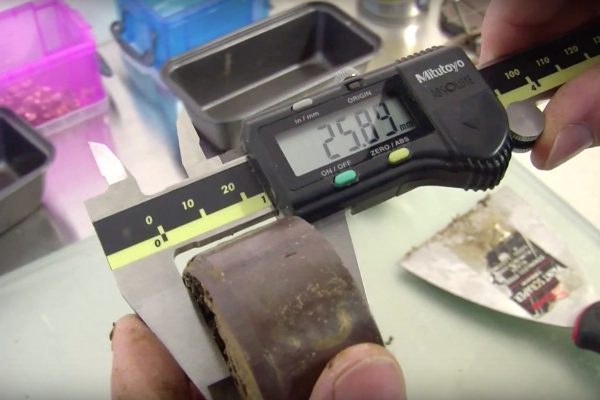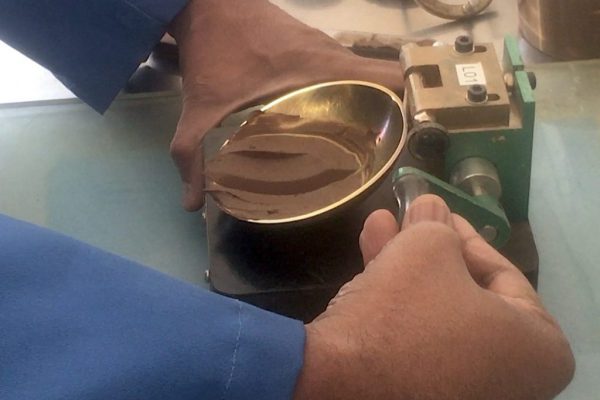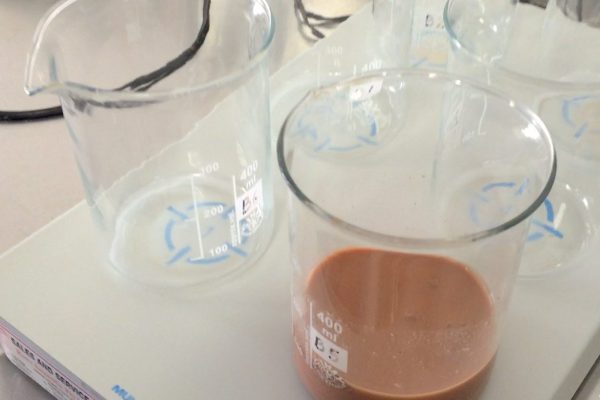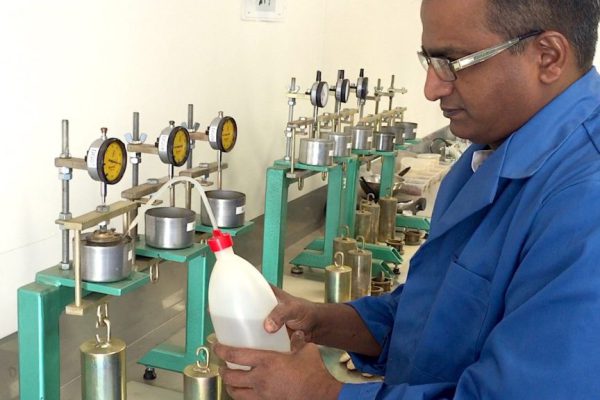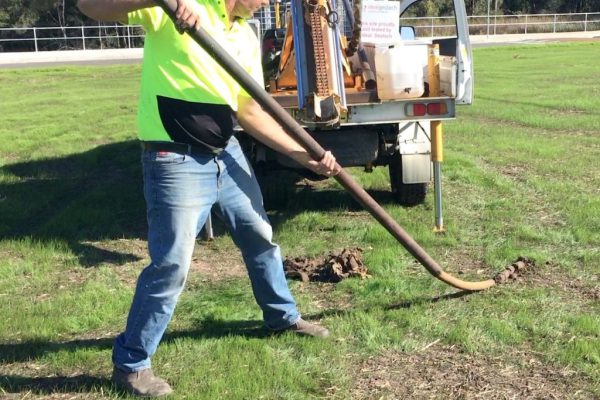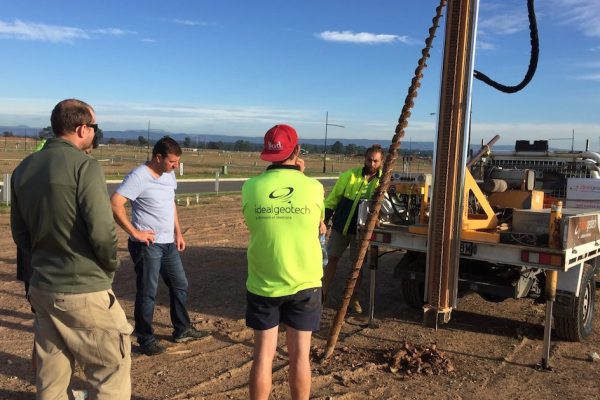UNCOVERING THE DIFFERENCES IN OUR SOILS
It’s rare to find a site that is exactly the same as another. With each geotechnical or environmental investigation there is always something unique we find or specific for that location and the history that’s played apart on or in that soil. We’ve captured some of our field investigations on video and the photos to show some of the differences in the soils that our customers build on. Compare the soils on the videos with the list of soils in the site classification table below that relate to AS 2870-2011.


